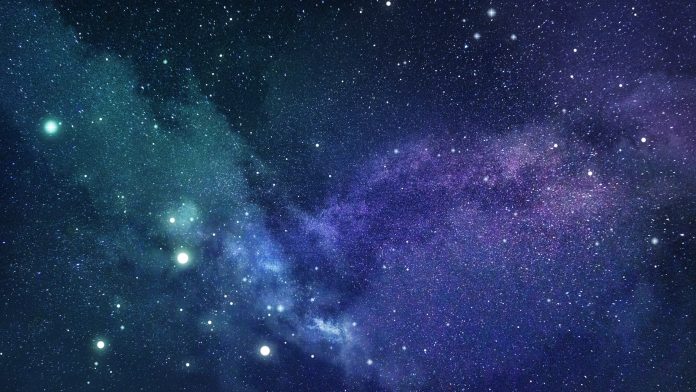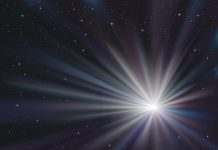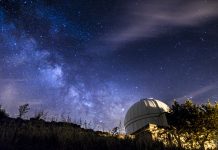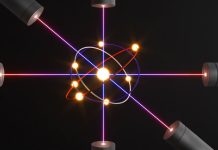In a recent study by University of Florida astronomer Adam Ginsburg, researchers have used the James Webb telescope (JWST) to uncover the mysterious dark region at the centre of our Milky Way galaxy, named “The Brick”
The findings, published in The Astrophysical Journal, challenge longstanding theories on star formation and urge scientists to rethink the fundamental dynamics within our galactic core.
For years, The Brick has amazed astronomers with its unexpectedly low star formation rate, considering its dense gas composition, a seemingly ideal environment for the birth of new stars.
Utilising the James Webb Telescope
To unravel its secrets, Ginsburg and his research team, including graduate students Desmond Jeff, Savannah Gramze, and Alyssa Bulatek used the JWST, taking advantage of its advanced infrared capabilities to look into the enigmatic cloud.
The JWST’s observations have revealed a substantial presence of frozen carbon monoxide (CO) within “The Brick”, exceeding previous estimates. This discovery challenges conventional knowledge and calls for reevaluating our understanding of star formation processes.
Ginsburg emphasises the significance of this find, stating, “Our observations compellingly demonstrate that ice is very prevalent there, to the point that every observation in the future must take it into account.”
“ice is very prevalent there, to the point that every observation in the future must take it into account”
CO ice within “The brick”
While a wealth of CO ice would typically indicate better conditions for star formation, “The Brick” defies expectations. The gas within this turbulent region is unexpectedly warmer than in comparable clouds.
The implications of these observations extend beyond star formation dynamics. Ginsburg explains that the findings challenge our understanding of the quantity of CO in the galactic centre and the critical gas-to-dust ratio. Both measures are lower than previously thought.
JWST’s revolutionary view
A key advancement made by the JWST is the ability to measure molecules in the solid phase, particularly ice. Originally, observations of CO were confined to gas emissions, limiting the understanding of interstellar ice. To overcome these limitations, the research team utilised intense backlighting from stars and hot gas, expanding their study to contain over ten thousand stars and providing valuable insights into the nature of interstellar ice.
The discovery of significant amounts of CO helps to expand our understanding of the origins of the molecules that shape our cosmic surroundings.
Ginsburg envisions a broader survey of celestial ices, emphasising the need to measure the relative amounts of CO, water, CO2, and complex molecules to comprehensively understand how chemistry progresses over time in these celestial clouds.
As the JWST continues to revolutionise our cosmic exploration, Ginsburg and his colleagues stand at the forefront of unravelling the complexities of “The Brick” and the broader galactic core.











